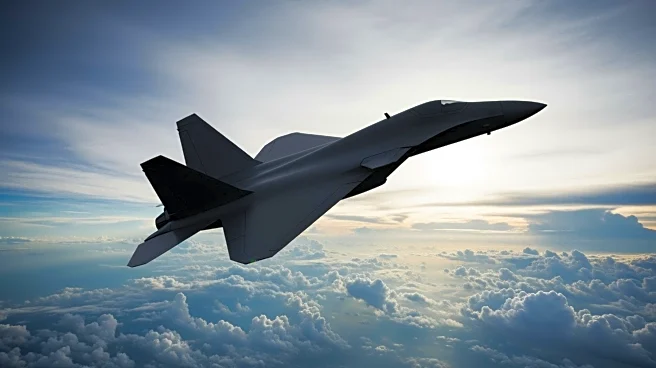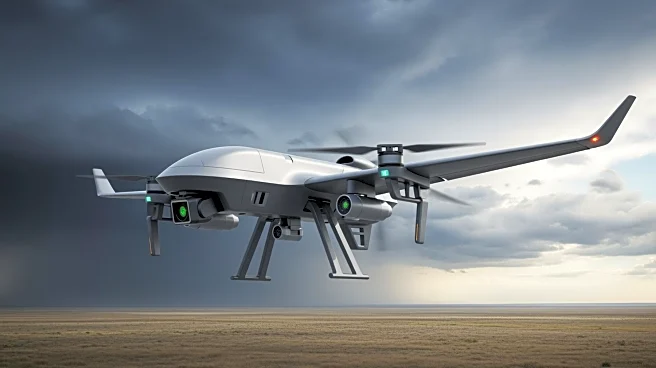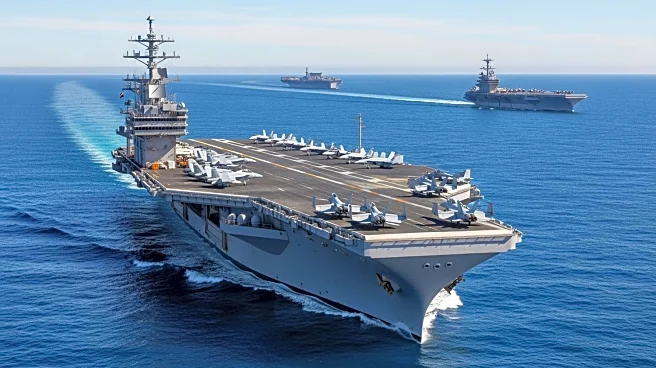What's Happening?
Germany has received the first of eight P-8A Poseidon submarine-hunting aircraft, which will operate from bases in Norway, Iceland, and the U.K. The aircraft, designed to detect and engage submarines,
will enhance Germany's surveillance capabilities in the North Atlantic. The deployment is part of a broader NATO effort to deter Russian submarine activity. The Poseidon aircraft will replace Germany's aging fleet of Lockheed P-3 Orions and improve interoperability with other NATO forces, including those of the U.S., U.K., Norway, and Canada.
Why It's Important?
The introduction of the P-8A Poseidon aircraft marks a significant upgrade in Germany's military capabilities, strengthening NATO's presence in the North Atlantic. The move enhances collective security and deterrence against potential threats from Russian submarines. The deployment also underscores the importance of international cooperation and interoperability among NATO allies. The advanced technology and capabilities of the Poseidon aircraft contribute to maintaining strategic stability in the region.
What's Next?
Germany will continue to receive additional Poseidon aircraft, with two more expected to arrive soon. The deployment will involve close cooperation with host nations and other NATO allies. Training and integration efforts will be ongoing to ensure effective operation and coordination. The expanded surveillance capabilities may lead to increased monitoring and deterrence activities in the North Atlantic, contributing to regional security.
Beyond the Headlines
The deployment of advanced military technology reflects broader trends in defense modernization and strategic alliances. The focus on submarine detection highlights the evolving nature of maritime security threats. The integration of civilian contractors for maintenance underscores the benefits of using widely available technology platforms. The deployment may also influence future defense procurement decisions and international collaborations.













